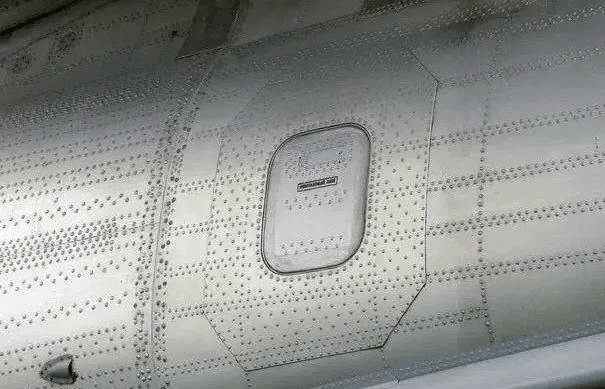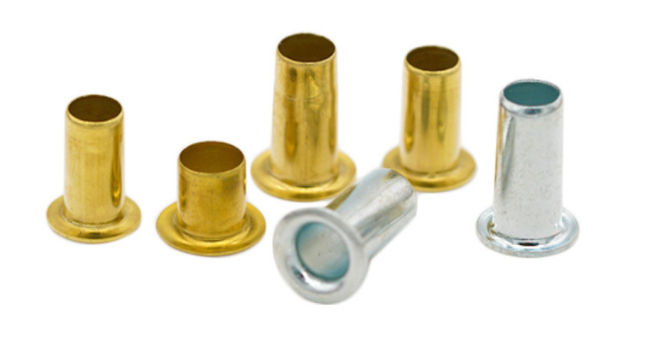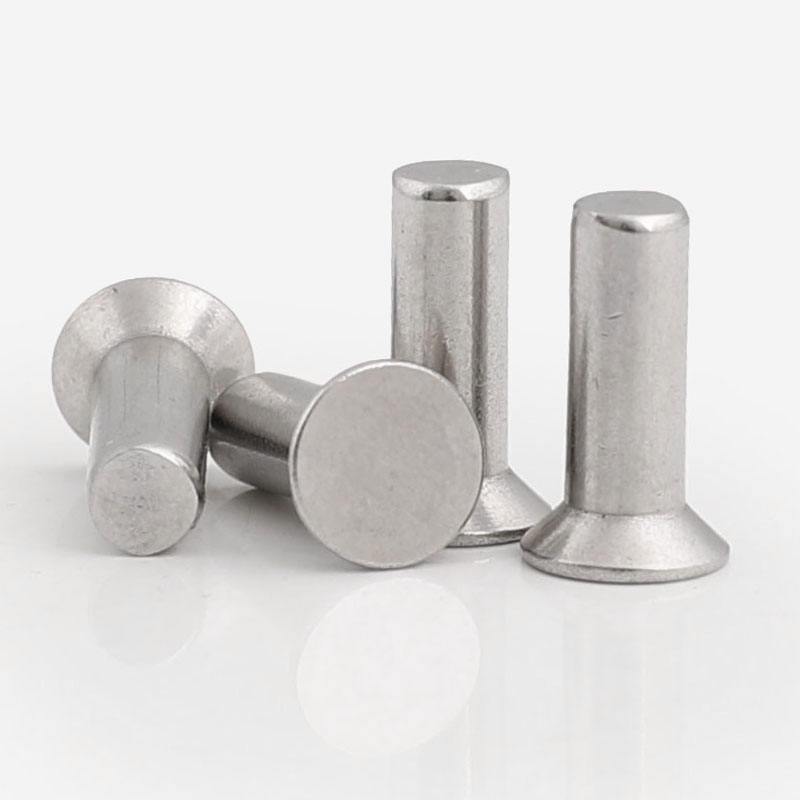Fasteners are commonly utilized in the aerospace industry. Aircraft wings are typically thin yet extremely strong. When we examine the plane closely, we can observe that there are numerous rivets on the plane's envelope.
A plane has millions of rivets, according to legend. So, why does the airplane use the rivet process instead of welding method? In this article, we will discuss the reasons as following.

1. Welding is difficult.
Engineers utilize the lightest materials feasible in aircraft building to reduce aircraft weight. Aircraft envelopes are often comprised of very thin materials. Welding together envelopes that are too thin is quite challenging. Furthermore, the composite material of the envelope is more vulnerable to welding damage, and the connectivity of different elements must be fixed physically. As a result, rivets are preferable.
2. The material to be welded will generate a lot of heat during flight and welding, and it is not suitable for use in aircraft.
A lot of heat is generated on the surface of an airplane when it is flying at high speeds. Because the temperature of the flying environment varies so much, this phenomena of thermal expansion and contraction will have a significant impact on the integrity of solder junctions.
Some airplane fuselages are built of aluminum, which has a low heat resistance. Because the welding procedure generates a lot of heat during the welding process, it is not suited for aircraft with aluminum fuselages.

3. The airplane has been in a resonance environment for an extended period of time.
Because the aircraft is in a resonance environment for an extended period of time when flying. It is easy to break if welding is applied.
4. Rivets are stronger than welding.
(1) Welding has numerous downsides. Welding, whether thin or thick, may have an effect on the aircraft.
(2) Rivets make the airplane safer, and they also help to reduce resistance in flight.
v(3) Using rivets can significantly cut costs.
(4) Rivets are less harmful to the environment than welding.
(5) If the turbulence is severe throughout the flight, the aircraft's wings will swing up and down dramatically. The envelope of the wing is expanded or squeezed throughout the swing. If the welding procedure is employed, the weld's strength will be greatly diminished when subjected to frequent stress variations. These welding spots are likely to develop some minor cracks over time. The weld is prone to metal fatigue after a long period of time.
The rivet connection can decrease the transmission of vibration between the joints, lowering the danger of shock cracking. The firmness is better and more reliable for such repetitive stress variations.

5. Riveting allows for standardized and quantitative output.
The welding quality is mostly determined by the operator's expertise, and the randomness of the welding thickness is very high. It is still challenging to create consistent standards.
The characteristics of the rivets used in the riveting process have relatively tiny mistakes, making quality control and uniform production simple. Rivet machining accuracy is controlled to the micron level.
6.Rivets will lower the aircraft's aerodynamic drag during flight.
Rivets reduce rather than increase aerodynamic drag. Because the rivets used in the aerospace industry are mostly convex and countersunk. Because there is no demand for aerodynamic design in the interior of the aircraft, convex head rivets with low cost and easy processing are primarily used. Countersunk rivets are mostly employed on the aircraft's exterior, where they can significantly reduce drag. During the milling process, there are rigorous tolerances for the nail cap and adjacent structures.

This application has produced outstanding outcomes. According to pertinent World War II data, the use of countersunk rivets can reduce aircraft resistance by around 3%.